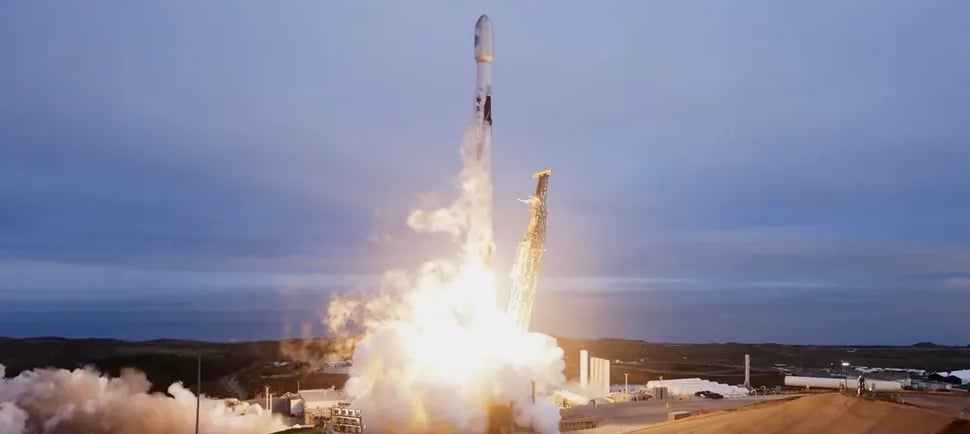SpaceX Launches 11th Batch of US Spy Satellites
SpaceX launched the 11th NRO spy satellite batch, advancing a resilient “proliferated architecture” in orbit.
Geoffrey Jenkins
9/24/20251 min read


SpaceX's Falcon 9 rocket launches the SDA Tranche 1 Transport Layer B mission from Vandenberg Space Force Base, in California, Sept. 10, 2025. (Image credit: SpaceX)
SpaceX has successfully launched the 11th batch of reconnaissance satellites for the National Reconnaissance Office (NRO). This “proliferated architecture” marks a major shift in how the U.S. builds space power, moving away from a few massive satellites to swarms of smaller, more resilient ones.
Instead of one target that can be disrupted, this network is designed for speed, flexibility, and survivability. It’s part of a broader effort to keep up with evolving global threats and ensure space remains a secure domain for national security.
For SpaceX, it’s another notch in their rapid-fire launch cadence, showing how commercial rockets are now central to both exploration and defense. Whether you see it as progress, caution, or some mix of both, this is a milestone in the quiet but critical modern space race.
The NRO itself is a U.S. government agency responsible for designing, building, and operating the nation’s fleet of reconnaissance satellites. Established in 1961, the office historically operated in near-total secrecy, but today it plays a highly visible role in supporting military operations, intelligence gathering, and global security monitoring. Its satellites provide critical data ranging from high-resolution imaging of Earth’s surface to signals intelligence and missile launch detection.
By partnering with commercial launch providers like SpaceX, the NRO can field new capabilities faster and at lower cost compared to traditional government-only programs. This collaboration reflects a broader trend in U.S. space strategy: blending public and private resources to create systems that are both technologically advanced and operationally resilient in a rapidly evolving space domain.
